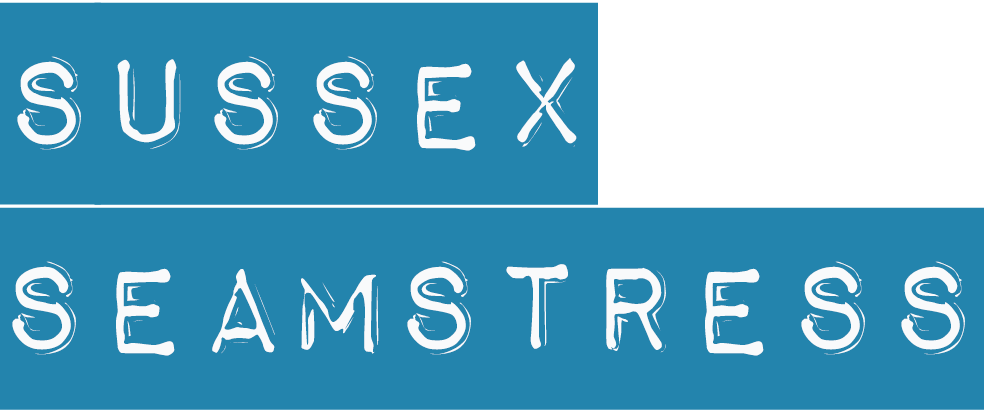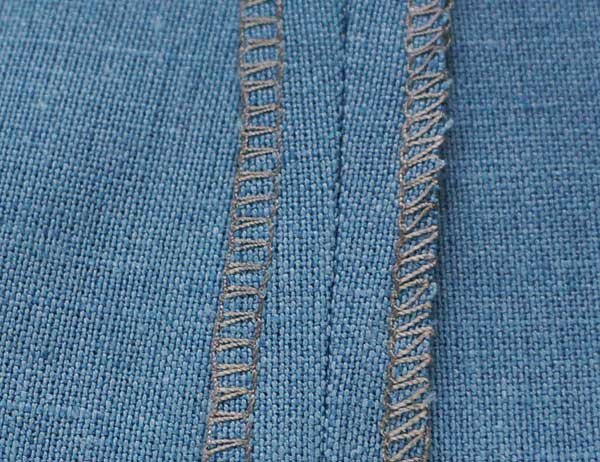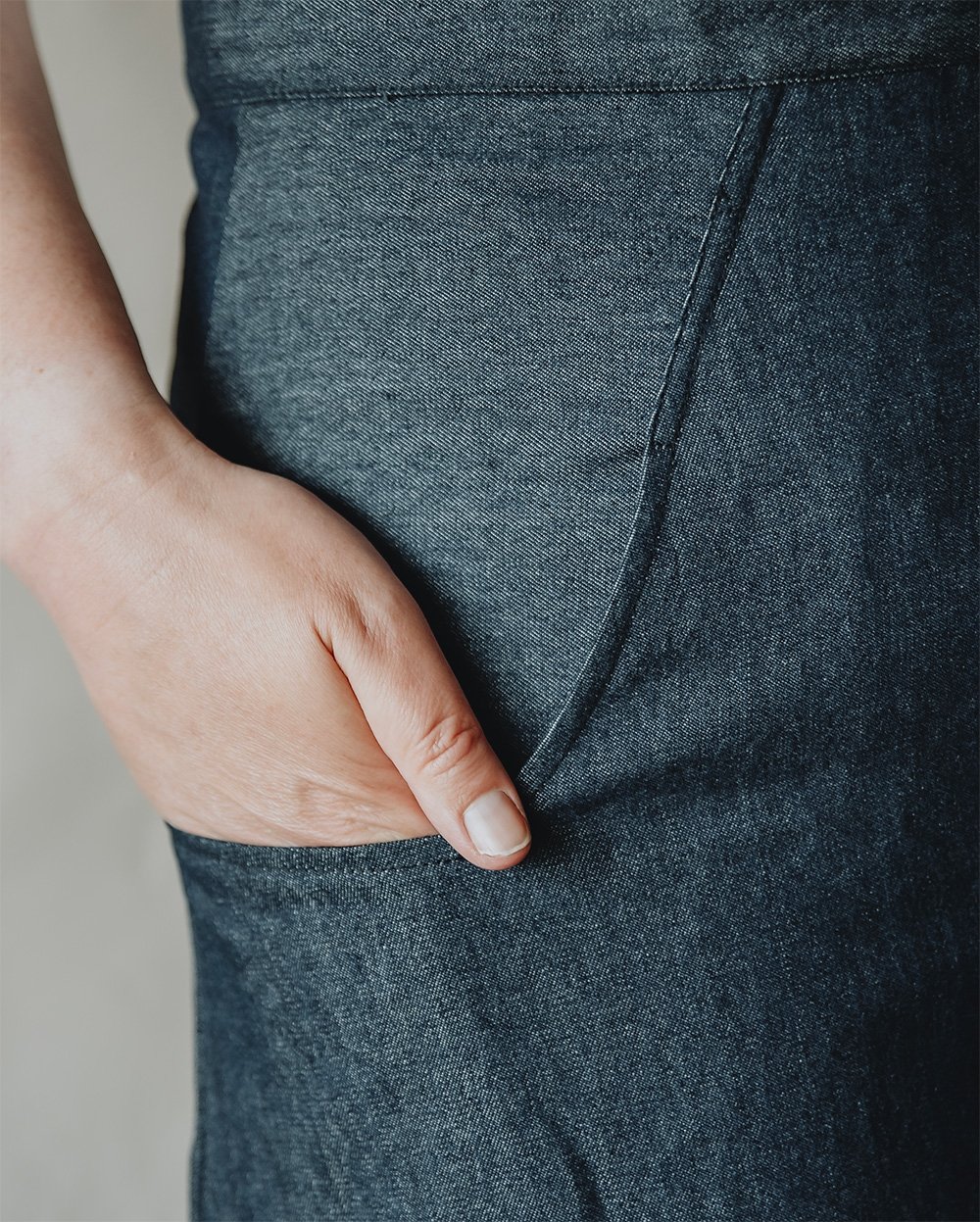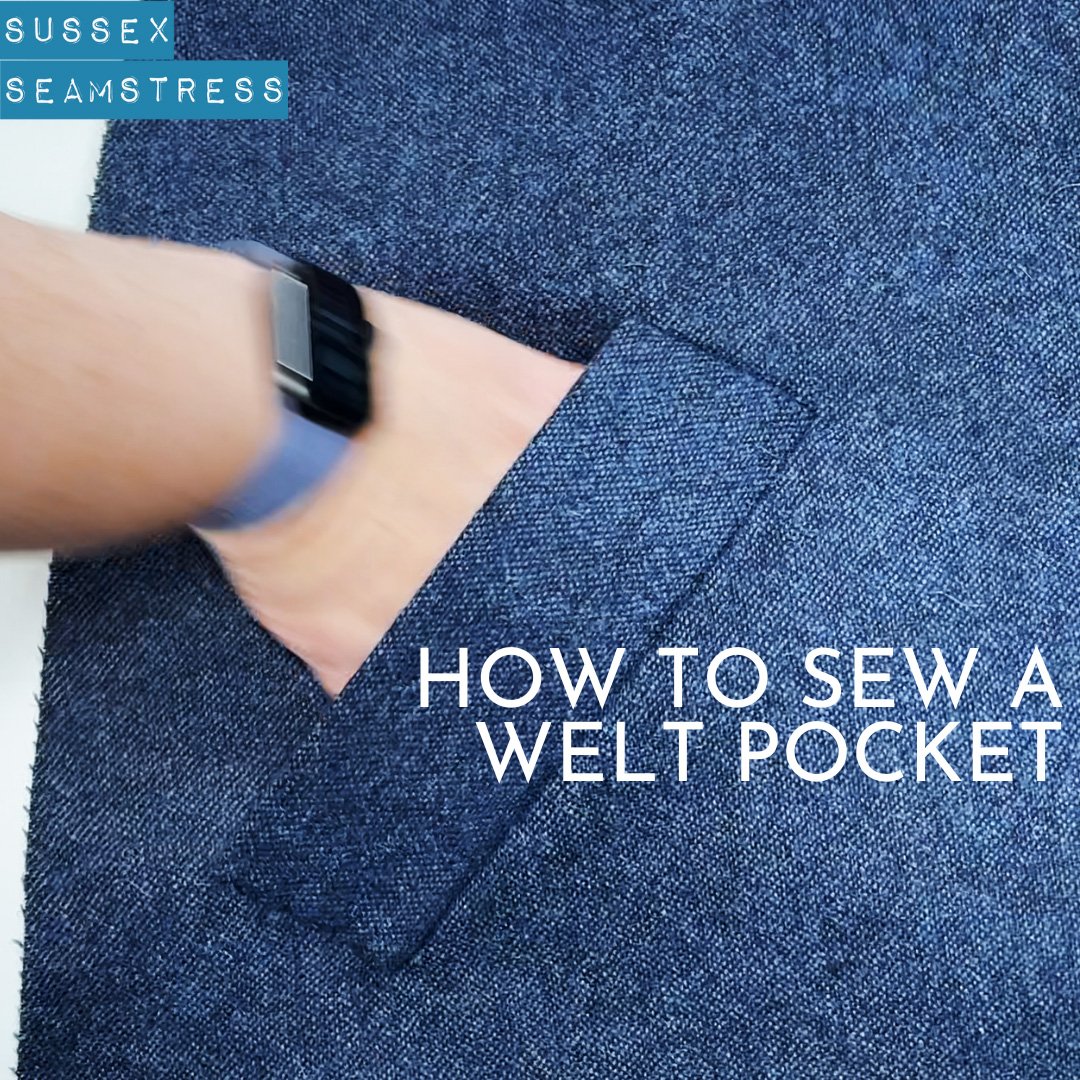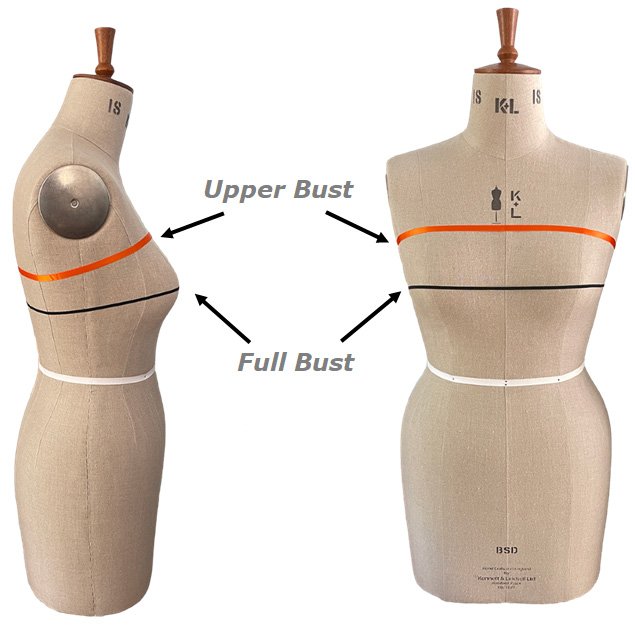Should I Buy An Overlocker (Serger)?
It’s the question I see regularly posted on sewing forums and Facebook pages. Should I buy an overlocker (or serger if you are in the US)? Are they worth it? And since this is being posted in the run-up to holiday season – should I be putting one on Santa’s list?
A basic overlocker, aka a Serger
It’s a good question, and the answer will depend on your own particular circumstances. For example, how much do you sew? What kind of sewing do you do? How much cash do you have to spare? How much space have you got? And so on.
In this post we’ll look at the reasons you may or may not want to buy an overlocker. This isn’t going to be a full tutorial about overlockers (there are plenty of those online). Instead we’re going to focus on the main question – should you buy one?
What Is An Overlocker (Serger)?
A pressed open seam, finished with an overlocker
Ok, so I said this isn’t a tutorial, but just in case anyone is unsure what the heck an overlocker is: it’s basically a type of sewing machine that uses multiple threads to stitch and/or finish seams. Because it is specialised for this task, it does a better, faster & more professional job than a regular sewing machine.
An overlocker can also trim your seam allowance while sewing. This makes sewing jersey much easier, for example, as you can sew and neaten at the same time. The type of finish an overlocker produces also has a lot of inherent flexibility which makes it ideal for fabrics like jersey as it produces a stitch that can give with the fabric.
If you want to know more, there are plenty of online resources that go into great detail & you’ll probably want to research some of these before committing to buying a particular machine.
Can’t I Just use My Sewing Machine?
Sure you can. I’m sure you currently do! Even basic machines will have a zigzag stitch, which can be used to finish seam edges. More expensive machines may also have special stitches like an overcasting stitch, which does a similar job to an overlocker, but with a single thread. However, there are downsides to using your sewing machine for this job. A zigzag stitch is nowhere near as neat or strong a finish as you will get from an overlocker. Even an overcasting stitch is a single thread, so doesn’t offer the same strength or finish. Overcasting stitches also use a lot of expensive cotton thread, and as we’ll see in moment, overlocker thread is much cheaper.
I Don’t Sew That Often, So Is It Worth It?
Probably not. If you don’t sew that regularly, then the additional expense and space an overlocker will take up is probably not worth your while. If you’re flush with cash and space, then go for it, but otherwise I’d only recommend an overlocker to someone who sews regularly.
I’m Just Starting To Sew, DO I Need A Sewing Machine And An Overlocker?
Absolutely not! As with any new hobby it’s best not to jump in and buy all the most expensive gear and all the different gizmos before you’ve mastered the basics and decided whether the hobby is right for you. You don’t need an overlocker, they just have benefits. Put your budget into a decent low-to-mid-range sewing machine (second hand can be a good option) and start from there. There’s a lot to learn and practice and as you become more confident you’ll have a better idea of whether you want to invest in an overlocker or upgrade to a higher end sewing machine.
I’m Always Pushed for Time, is an Overlocker Faster?
Yes! Once you’ve mastered it, it can be much faster to finish seams with an overlocker. The longer the seam the more the time saving. Whenever I’m filming my tutorial videos, I use an overlocker - it’s much faster. So if your time is always tight and you have the space & cash, an overlocker could be a good investment and allow you to make more progress in the time you have.
Overlocker Machines Look Scary and Confusing!
You’re not wrong. They can be pretty intimidating to look at, especially with their multiple large cones of thread & scary looking threading instructions. Threading is probably the scariest part though. The good news is that it’s actually not that hard to do and most machines have threading diagrams etched on to the machine itself to remind you of the process. More advanced machines have air threaders, which make the job easier by automating some of the threading process, these are great but you do pay a lot more for them (sometimes an eye watering amount!).
Overlocker threading instructions - it’s not as hard as it looks, honestly!
ARE OVERLOCKER Machines EXPENSIVE?
Overlockers are not cheap. A basic one will set you back £150-£200 if you are lucky enough to grab a supermarket special (hello, Lidl!), though a cheaper end model is more commonly in the £250-£300 range. The higher end ones can go up to £1000+. So, depending on how expensive your sewing machine is, it can end up costing you as much again. The good news is, you don’t need a high end one! A supermarket special (e.g. a basic Singer, like the one in these photographs) will be absolutely fine to get you started and will still do a better job of finishing seams than a relatively expensive sewing machine.
Four Cones of Thread – That Sounds Expensive Too!
Since they typically use 4 cones of thread (though you can thread just 3 for most fabrics & it works just fine), overlockers do use more thread than a standard sewing machine. However, there are a couple of things you should know. Firstly, overlockers tend to use polyester thread. This is much cheaper than the cotton thread commonly used in regular sewing machines. Overlockers are also much more forgiving of cheap thread than a sewing machine is. I’ve bought cones of overlocker thread from Lidl for £1 each and it’s been just fine!
Cones of polyester overlocker thread
The second thing is, you don’t need to thread match your overlocker thread for every project. Just having a selection of neutral threads (black, grey, white) will be perfectly fine for seam finishing.
OK, It Sounds Good, But Will I Regret Buying ONE?
The simple answer is: No, I don’t think so. Anyone who’s watched one of my tutorial videos will know that I use my overlocker a lot. It’s simply the quickest, strongest, neatest way to finish most seams and gives a great, professional look. I wouldn’t be without it.
While you’re here, take a look at our sewing pattern range, available in sizes 6-30, with both paper patterns and pdf downloads available. There’s a few examples of our latest dress patterns below and each comes with its own YouTube tutorial.
Thanks for reading, and if you found this post useful, please share :)
Sussex Seamstress is an independent pattern maker, based in Sussex, UK.
While you’re here, why not take a look at my range of sewing patterns for women?
